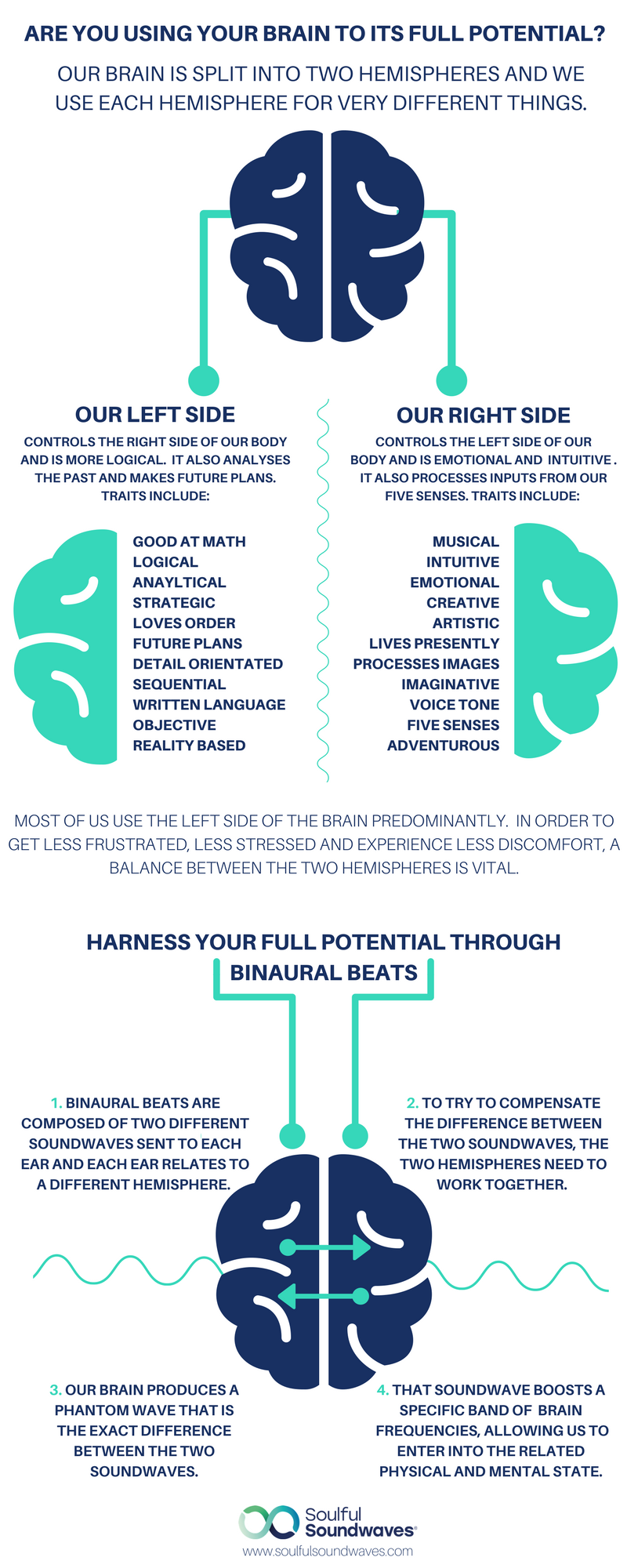Written by Lorenzo Colombo - Co-founder of Soulful Soundwaves
Music is a non-verbal language used since the dawn of time, from when the first men used it to accompany ceremonies and rituals, or just as a way to express their feelings. Communicating and inspiring emotions is in fact the primary aim of any form of art, from painting to drama, from poetry to media arts, from dance to music. Through art we can convey evocative as well as provocative sentiments. We can use humour, irony and sarcasm. We can recall memories. The ingredients we create art with are the same main emotions we experience every day of our lives. Joy, sadness, anger, peace, as well as fear, love, strength and weakness. Art is all about feelings.
The way arts and languages are taught in school is quite different though. The western school model approaches these subjects in an analytic, rational, ultimately dry way. Do you remember when you were learning poetry at school? It was all about structure, rhythm and meter, verses and rhymes. It's the same for languages. After you discover how to use the basics and go a bit deeper you learn about styles and authors. Sometimes you are lucky enough to have a good teacher, making you understand the intention that particular author wanted to convey.
What about explaining how to find your own voice and style to express your emotions in your own personal way? Not a mention about it. From the very early days, the lack of this part in a subject creates a marked and yet subtle division between artist and audience, creator and public, and ultimately between doers and watchers. And then we wonder why many of us still think in the present day we are not into arts because we are not “gifted”. From a very early age the quest for individuality and originality disappeared from our horizon, replaced by a need to be normal, accepted, liked. Being different is for the eccentric, the weird ones.
Finding your own personal voice means understanding who you really are, tapping into the best part of yourself, nurturing and embracing it. It simply means exploring and accepting yourself, your differences, your uniqueness. Art has always been created by courageous people defying the same rules they learned in order to find a new, personal way to tell a story.
But if art is a language and its purpose is to communicate and inspire emotions, why does it get taught in a mere stylistic way? Why the most important part is left to self-development?
To answer this question we need to understand how our brain works first. Everybody knows that our brain looks more or less like a walnut, with a right and a left hemisphere. The functions of these two regions are utterly different. Our left hemisphere is responsible for the right side of our body, and it is also the reasonable and logic side, processing plans and analytic thoughts, and controlling time. Our right hemisphere is controlling the left side of our body, and it is in charge of processing what we experience through our five senses. It is also the place where emotions and intuitions come from. So, for example, when we are talking we choose the words with the left hemisphere while we convey emotions in a non-verbal way using tone and body language with the right hemisphere. We analyse the past and make plans for the future with the left, but it’s the right that keeps us in the present, focusing on the experience we are having right now.
A balance between the two hemispheres is vital for our spiritual, mental and physical health. A person with an overpowered left hemisphere is destined to be more exposed to frustration, stress, discomfort and depression. Think about it. Why would you worry about what other people think? Because you are afraid to be ridiculed, so you are thinking of a future moment that might come. And why are you so afraid? Because your right hemisphere, the one who is in charge of keeping you in the present moment, is switched off, leaving the left one free to bombard you with questions such as “What’s going to happen, uh? Are you sure you want to be covered in ridicule? Why do you think they are mocking you? Why don’t you just choose the safest option and give up?”
There is only one way to turn off our monkey mind. We need to switch on our right hemisphere to increase the communication between the two sides of our brain. Binaural beats facilitate this process, enhancing the passage of information through a “bridge” in between the two hemispheres called corpus callosum. Entraining the brain into a calmer state (alpha, theta or delta) is going to reduce the activity of our left hemisphere (the monkey mind) and is going to allow our right one to be gradually in charge during the time we spend listening to the music. It’s like a training session for a patient who has been dormant for too long, but the best part is that the more regularly we do it the longer lasting the effects are going to be.


